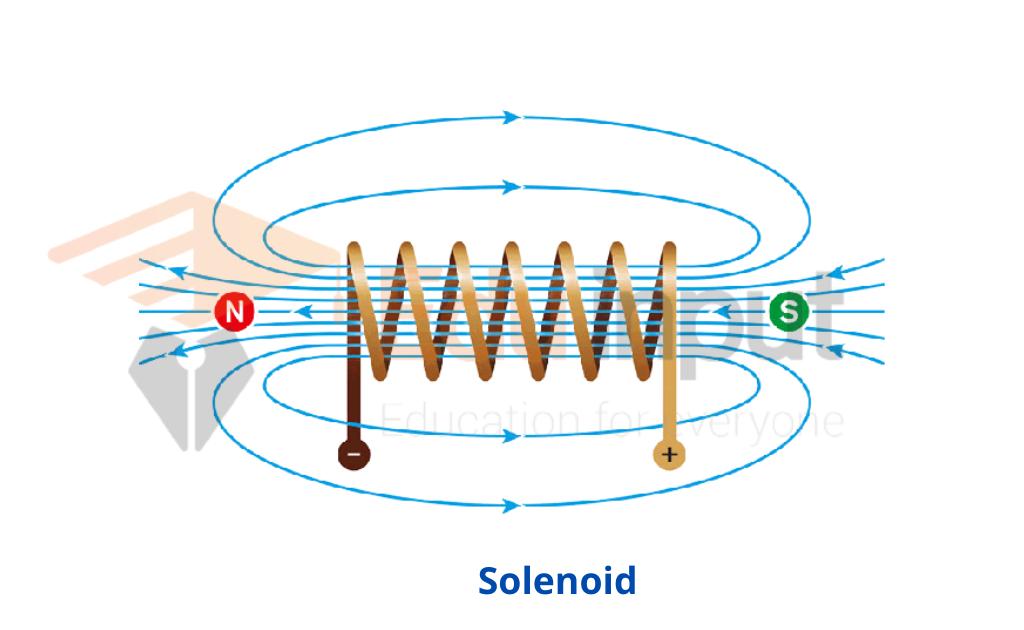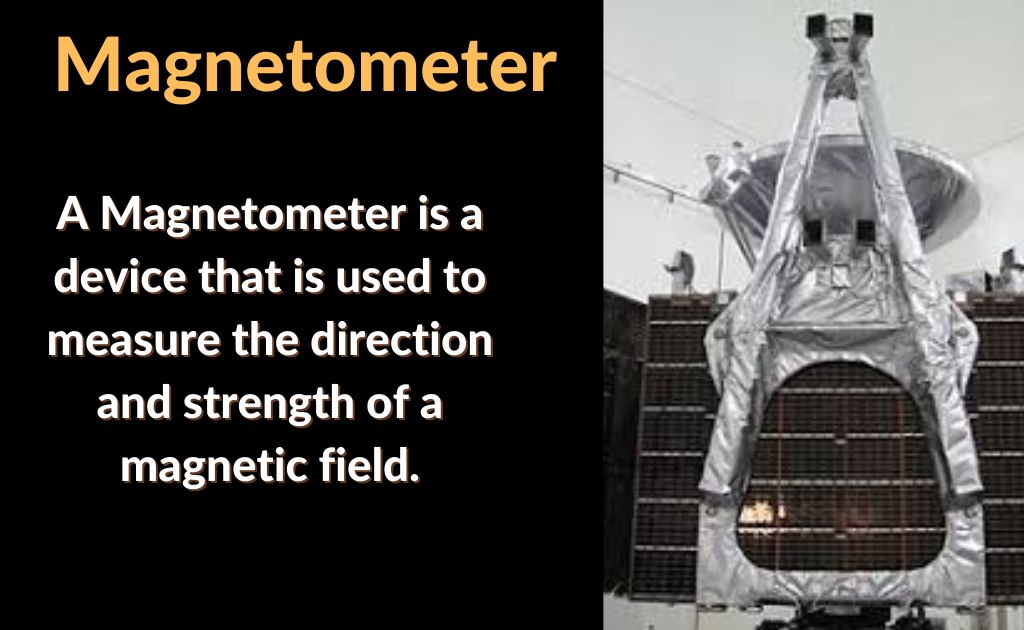What is Solenoid?-Definition, And Types
A controlled magnetic field can be generated by a solenoid, a type of electromagnet formed by a coil of wire whose length is substantially greater than its diameter.
What is Solenoid?
When an electric current is passed through a coil, it can produce a uniform magnetic field in a volume of space. The term solenoid was first used in 1823 by André-Marie Ampere, who said that the coil of a solenoid doesn’t need to be centered around a straight-line axis.

Magnetic focusing of electrons in vacuums can be provided by solenoids in television camera tubes. The electron takes a path within the magnetic field. Almost the whole length of the tube is surrounded by these focus coils. The term “solenoid” is used in engineering to refer to a complete apparatus that converts electrical energy into mechanical energy.
Types of Solenoid
There are different types of solenoids available in the market, the classification is made based on material, Design, and function.
- AC- Laminated Solenoid
- DC- C Frame Solenoid
- DC- D Frame Solenoid
- Linear Solenoid
- Rotary Solenoid
AC Laminated Solenoid
The metal core is laminated in order to reduce stray current and improve the performance of the Solenoid. An AC solenoid can deliver a large amount of force in the first stroke, which makes it a special advantage. They have an inrush current, which is an instantaneous high input current drawn by a power supply or electrical equipment when turned on.
They have the ability to use more strokes than a DC laminated solenoid. They produce a clean buzzing sound when they are in operation and are available in different configurations and ranges. An AC Laminated solenoid can be used in a variety of equipment that requires immediate action, such as medical equipment, locks, vehicles, industrial equipment, printers, and some household appliances.
DC C-Frame Solenoid
The C frame is used to refer to the design of the solenoid. The DC C-Frame has a frame in the shape of the letter C, which is covered around the coil. The more controlled stroke operation of the DC C-Frame leads to it being used in multiple day-to-day applications. Although it is said to be DC configuration, it can also be used in equipment designed for AC power. This type of solenoid is mostly used in gaming machines and other electronic devices.
DC D-Frame Solenoid
A two-piece frame covers the coils of this type of solenoid. The D-frame can be used with AC power and has a controlled stroke operation, which is similar to the function of the C-frame.
A two-piece frame covers the coils of this type of solenoid. The D-frame can be used with AC power and has a controlled stroke operation, which is similar to the function of the C-frame.
Medical and conventional applications of the DC D-frame solenoid include gaming machines, ATM machines, and Blood and gas Analyzer.
Linear Solenoid
The people are more familiar with the linear valves. It consists of a coil of wire wrapped around a metal core which helps us to apply to pull or push force to a mechanical device. Most of the time, this type of solenoid is used for starting devices. The current can flow through a thorough mechanism with the help of this switch mechanism. Linear solenoids are used in the automation and Highly secured door mechanisms and starter motors of cars and bikes.
Rotary Solenoid
There is a need for an easy automatic control process for a variety of applications which is why a rotary solenoid is a unique type of solenoid. It works on the same principle as the other solenoids and has the same elements, a coil, and a core, but they have different functions.
The metal core is mounted to a disk and there are grooves under it that match the slots in the body of the solenoid. It has ball bearings that can be used for easy motion. When the solenoid is triggered the core is drawn into the body and the disc core starts rotating.
There will be a spring between the core and the body of the solenoid in this setup. The disk core is pushed to its original position by the spring when the power supply is detached. When compared to other types of solenoids, the rotary solenoid is more robust.
Nowadays you can find them in many automated industrial mechanisms such as laser and shutters since they were originally designed for defense mechanisms.







Leave a Reply